
How the world’s largest ports are using AI to keep the global supply chain humming
During the peak of the Covid-19 pandemic, fleets of container ships waiting to unload were a common sight at seaports around the world. Worker shortages and dockside safety measures were partly to blame, but the real problem was the global supply chain. A supply strain struggling to keep up with demand from people shopping online like never before.
“Ports at that time were starting to really suffer,” said Brian Hill, a senior product manager at Wabtec, a Pittsburgh-based provider of equipment and digital systems for the freight industry. “There was so much cargo coming in, and they weren’t taking any containers out.”
Over time, as lockdowns lifted and consumers shifted their spending to leaving the house, ports began to work through the backlog. But the congestion showed how none of the pieces of the global supply chain, whether it’s the ships, the ports or the trucks and trains that haul the cargo away, can be expanded overnight.
Yet there are solutions beyond building more infrastructure. Some of the largest ports in the world — including Rotterdam, Los Angeles and Singapore — are using artificial intelligence tools to streamline vessel scheduling, cargo transfers and other processes. By sharing data, analysing it and anticipating future problems, ports are using AI to keep global trade running.
AI and ports: planning for the future
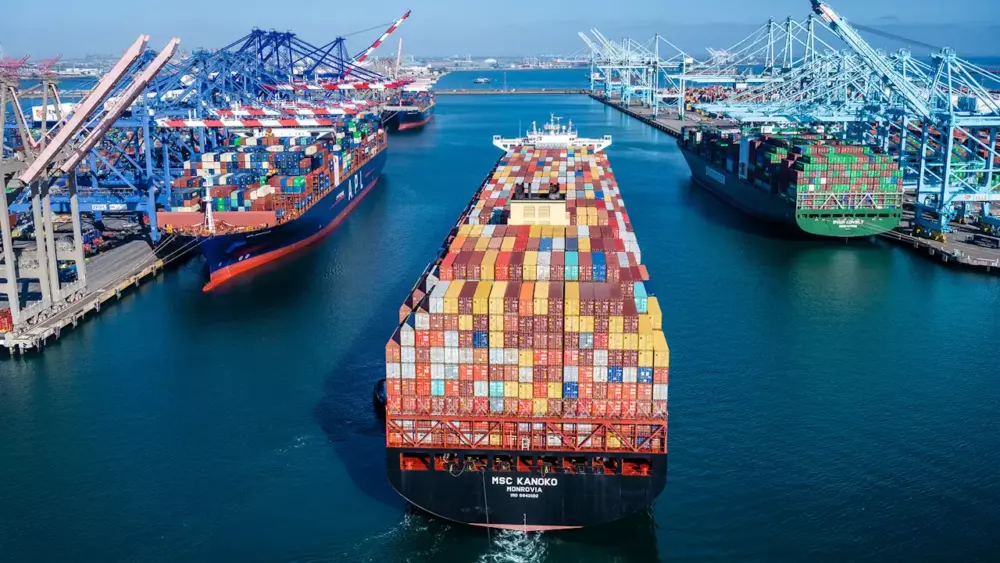
Along with its neighbour the Port of Long Beach, Los Angeles is the busiest port in the Western hemisphere, handling more than a third of all US imports. It faced waves of congestion long before the pandemic, including a 2015 labour dispute that led to weeks of slowdowns and lockouts.
The problem became so acute that at one point 31 ships full of cargo were queued offshore. But the backlog also forced the port to think about how it could better handle operations in both normal and extraordinary times.
“You had this growing need within the port ecosystem to ask how we can move more efficiently,” Hill said. “How do we use technology to help streamline these processes?”
That’s when Wabtec stepped in with a cloud-based application called Port Optimizer. It gives shipping companies, terminal operators, customs agents, land freight operators and other parties working at the port a single place to share information about cargo status.
“If we share data and we interconnect these different stakeholders, we’re able to move the needle on the efficiency within the port,” Hill said.
Since its 2017 launch in Los Angeles (the Port of Gothenburg also now uses the application), Port Optimizer has added new features like Control Tower. This tracks the overall health and vitality of the port and gives a six-month prediction of future cargo volume. It also uses machine learning to sort through the huge volumes.
“Humans are not going to really be able to analyse the amount of volume of data that we’re seeing,” Hill said. “[Machine learning] is part of ensuring the data we’re serving to the customer is accurate, timely and doesn’t have problems.”
Still in development are AI tools to run scenarios on possible port disruptions and how they might affect operations. By knowing what could happen, the port hopes to be ready if it does.
“There’s all sorts of stuff that you can start to incorporate to tell a much better story of what’s happening,” Hill said. “And that’s where machine learning and AI come in.”
Optimising cargo arrivals
Rotterdam is another port on the leading edge of using AI. The busiest port in Europe and the largest outside of East Asia, it handled 467.4 tonnes of cargo in 2022. It’s also a massive place covering 80 square kilometres of land at the mouth of the River Rhine. That’s roughly the size of Mumbai, India.
In 2018. Rotterdam created Pronto. This software platform gives all groups involved with servicing a ship a single place to communicate. In an email interview, Port spokeswoman Adriana Belei said previously they kept in touch through a less collaborative system of multiple phone calls and spreadsheets.
“Some of the challenges the port experienced prior to the implementation [of Pronto] were lack of data-sharing,” she said. “Stakeholders had their own interests, and were not so keen on cooperating on the same platform.”
Now called PortXchange Synchronizer, it standardises the flow of information to help everyone stay abreast of a ship’s schedule and plan resources as needed. In 2019, the Port started an independent company to manage PortXChange, which has expanded to ports in Felixstowe in the UK, Houston in the US, Moerdijk in the Netherlands, and Algeciras in Spain.
“PortXchange Synchronizer was born to align all parties involved in a port of call, reduce emissions and facilitate just-in-time arrivals,” Belei said. “Another use case is for container carriers to coordinate vessels with terminal availability to streamline their operations and enable just-in-time arrivals.”
Just-in-Time arrivals is a system where ships are given a time window for arriving at a port only when a pier and dock workers are ready for it. If all goes well, ships won’t occupy a berth for any longer than they need. And offloaded cargo won’t get backed up in port storage areas for onward shipping.
The platform uses machine learning to predict potential bottlenecks or events that might cause delays and give everyone an opportunity to plan around them. It reassigns dock workers to work on another vessel if a storm delays a ship, for example. And if there’s a backup at the port, a ship may be asked to spend longer at sea instead of anchoring offshore, taking up harbour space and pilot and tug resources.
“Synchronizer is powered by machine learning to share timely, accurate information between port authorities, ocean carriers, marine terminals, shipping agencies, nautical service providers and vessel operators,” Beler said.
Rotterdam’s next step into AI is through a partnership with Awake.ai, a Finnish company that makes machine learning tools for marine logistics. Awake.AI has built a digital twin of the port to test how it could eventually service smart autonomous ships.
Stretching to Singapore
The Port of Singapore is developing its communication tool, digitalPort@SG, to use AI data analysis to enable Just in Time arrivals and boost the port’s productivity. The goal? To suggest the best berth for a ship to dock so that servicing can happen quickly and it can sail on time.
The Singapore Strait is crowded. Hundreds of ships call here each month, so boosting vessel safety through AI is also in the work. In 2019 the world’s second busiest port tested Fujitsu’s Zinari AI technology to detect risks for ship collisions and predict areas at the port where they’re most likely to occur.
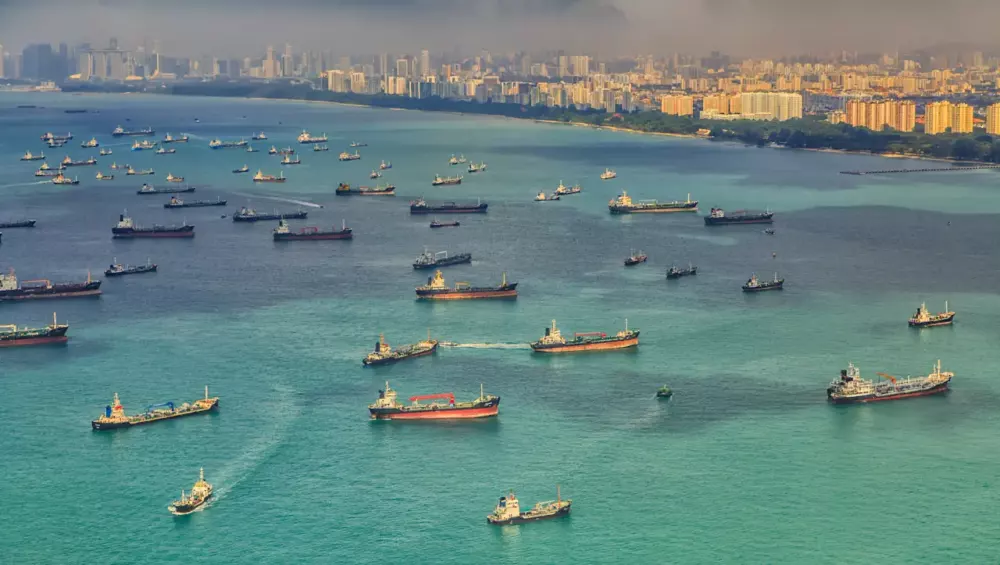
Since then the Maritime and Port Authority of Singapore has introduced its Next Generation Vessel Traffic Management System. It can warn ships to plot an alternate course around trouble spots up to 30 minutes in advance.
When speaking to GovInsider last month, MPA Assistant Chief Executive of Operations Technology David Foo compared the system to using Google Maps to avoid traffic jams. “If we can figure out where the hotspots are, we can advise captains to slow down or speed up to optimise their routes.”
In the near future, Singapore, Rotterdam and other ports are also contemplating using AI solutions and 5G to bring more automation to dockside equipment and vehicles. I’ll be covering those ideas and how ports are working to go greener in stories soon to come.
Correction (5 July 2023): “Algeciras in Morocco” changed to “Algeciras in Spain”. This is line with our Corrections Policy, where we correct mistakes as soon as we discover them.
NEXT UP
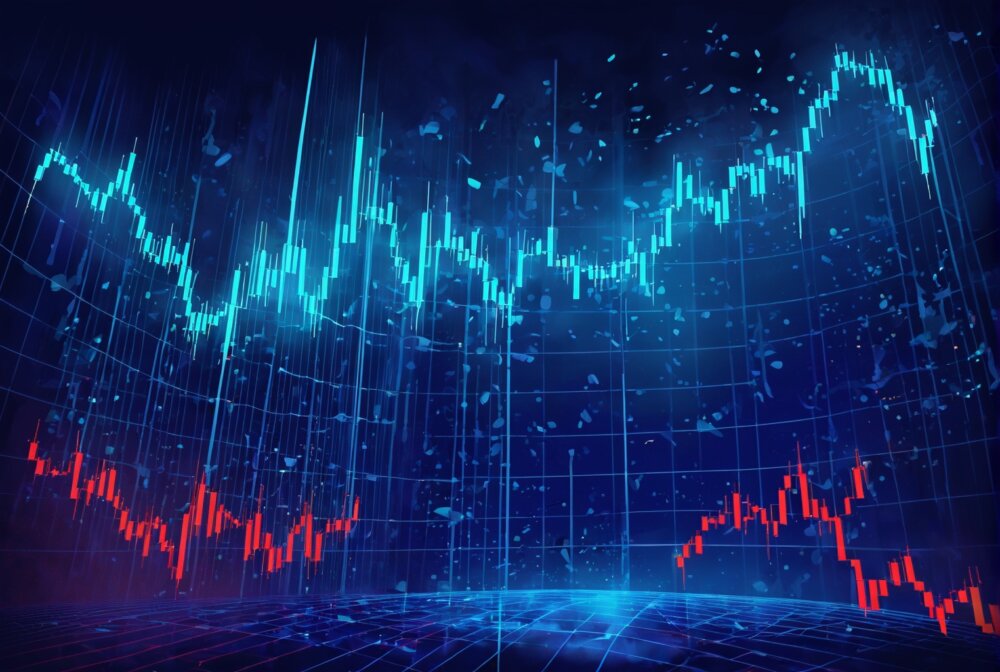
Slow buyers cause tech firms to rethink sales approaches as tough Q1 hits home
New research suggests tech sales were slow in Q1, with buyers of technology and professional services taking their time before committing to any solutions.
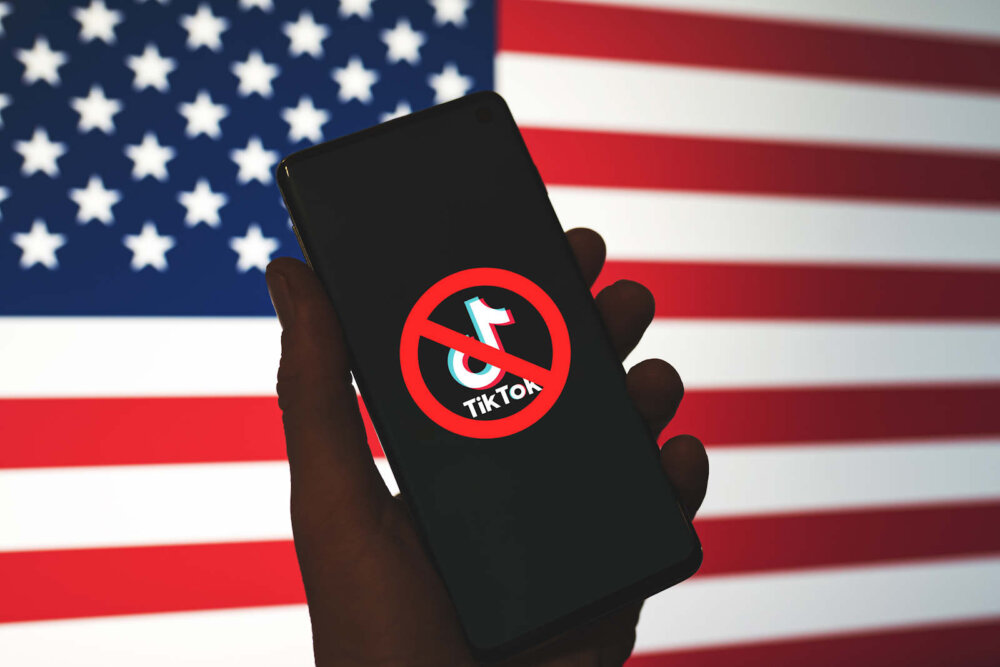
ByteDance says it has no plans to sell TikTok and refuses to bow to US pressure
ByteDance, the Chinese company that owns TikTok, stated that it “doesn’t have any plans to sell TikTok” on Toutiao, a social media platform that it also happens to own.
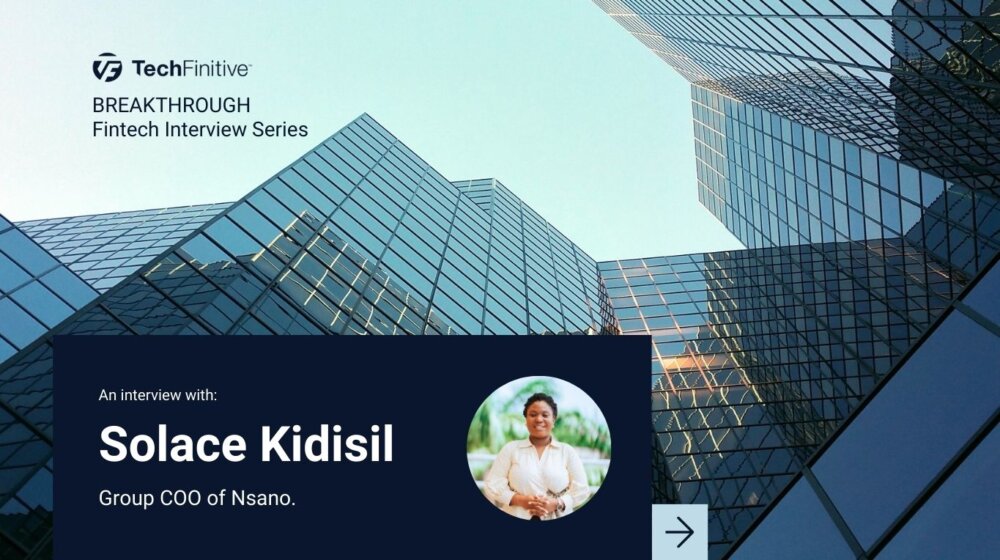
Solace Kidisil, Group COO of Nsano: “The difference between traditional finance and fintech is the questions we ask”
We interview Solace Kidisil, Group COO of Nsano, a fintech company from Ghana, offering digital payment solutions across Africa
